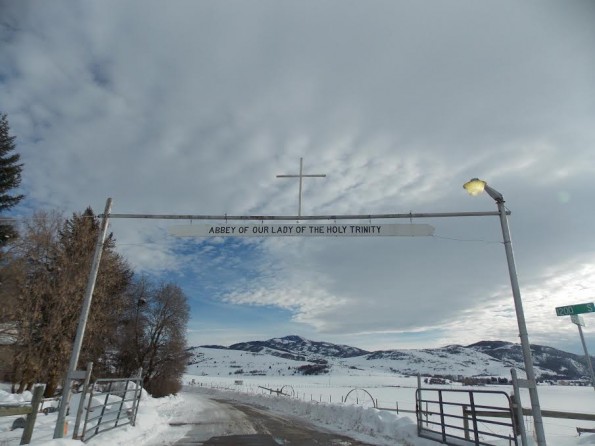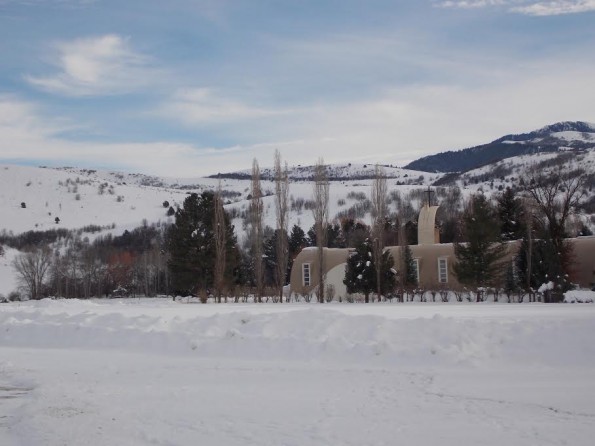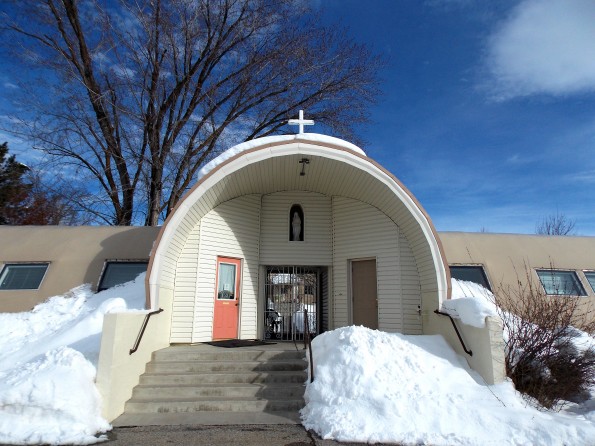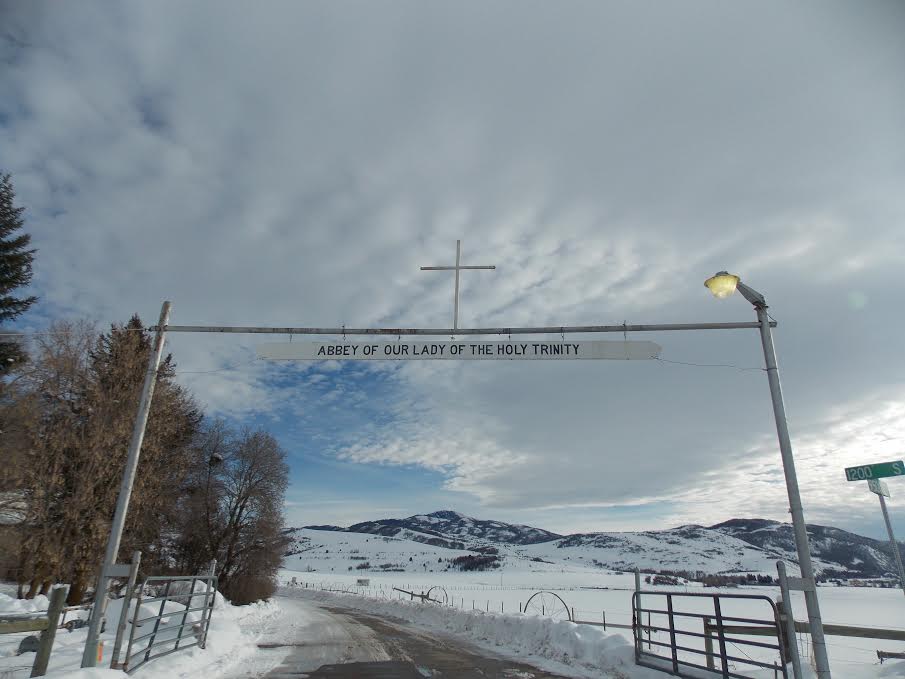
Over a year ago, the bookstore at the Abbey of Our Lady of the Holy Trinity closed. This was the beginning of a multi-year plan to close the abbey and repurpose the land for agricultural use. The story of the closure was published locally and nationally, and while the media and community responses have been strong, the monks have remained measured in their reaction. Already, much of the land has been leased to farmers, first in an attempt to keep the abbey open, and now as a way of preserving the landmark’s agricultural history. Rather than turning to crowdfunding or pleading with the state’s Catholic administration, the monks have accepted the fate of the nearly 70-year-old abbey.
Only 10 monks remain at the monastery. Father Brendan Freeman, the Superior, has nixed all future recruitment due to the advanced age of those remaining and new monks’ long initiation process. In an article announcing the Abbey’s sale, he stated, “Two things religion cannot control: aging and new vocations. Vocations are a gift from God, and a gift cannot be coerced.” The abbey will most likely die with the monks.
 But while he looks to an increasingly more certain future, Fr. Freeman seeks to maintain the legacy of the Huntsville monastery and its surrounding farmland. He has worked with graduate students from Utah State University’s Landscape Architecture and Environmental Studies Department to determine how best to develop the land while still preserving what has already been done. For years, the monks farmed and sold products to the surrounding communities, including their popular creamed honey. As with other Trappist monasteries, the monks of Our Lady of the Holy Trinity relied for years on their agricultural production to fund the abbey. While all of those sales have ceased in recent years, the memories for many Ogden locals remain strong.
But while he looks to an increasingly more certain future, Fr. Freeman seeks to maintain the legacy of the Huntsville monastery and its surrounding farmland. He has worked with graduate students from Utah State University’s Landscape Architecture and Environmental Studies Department to determine how best to develop the land while still preserving what has already been done. For years, the monks farmed and sold products to the surrounding communities, including their popular creamed honey. As with other Trappist monasteries, the monks of Our Lady of the Holy Trinity relied for years on their agricultural production to fund the abbey. While all of those sales have ceased in recent years, the memories for many Ogden locals remain strong.
“My family and I would take weekend bike rides to the monastery from the time I was really young,” said Michael Beam of South Ogden. Michael is 33 now with a family of his own and he hopes the monastery remains open as a museum of Trappist history.
In his article, Fr. Freeman states that only 7 percent of the former holdings will be used for development of “family-style homes.” The other 93 percent will remain as is, either space for agricultural use or as a reminder of the monks’ legacy.
Many in the community have been surprised by these changes, but the monks take it with contemplative acceptance. Overall, they seem to be approaching their work as they always do, with a trust in a guiding force beyond their control and strict adherence to the Rule of Benedictine which states, “…for then are they monks in truth, if they live by the work of their hands.”
When asked about the closure, Father Casimir Bernas stated simply, “There is really little to be said. General disappointment at the abbey’s closing, yes; but joyful surrender to the will of God who wills ALL things and happenings, except for sin–which he permits.” Rather than see the closure as an avoidable catastrophe, Bernas and the other monks seem content to be a part of the human experience, to exist in line with a natural order. “In this regard,” he continued, “we monks are in the same position as every other member of the human race who has ever lived.”






